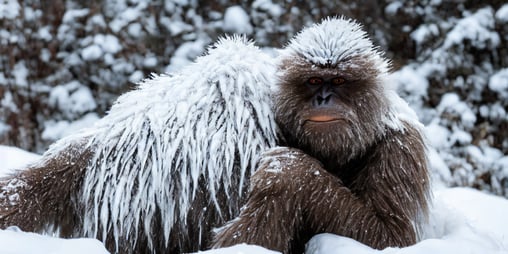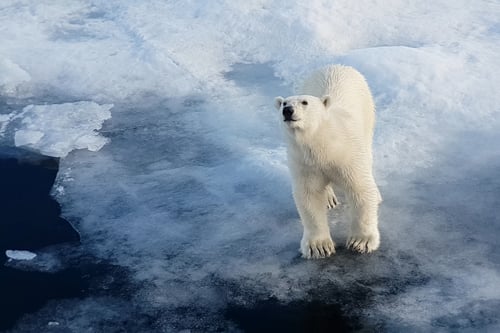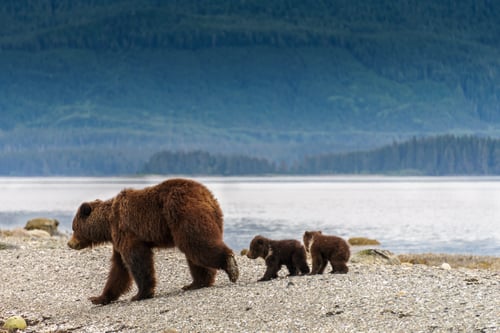Most people have heard the legend of the yeti or abominable snowman, but could a real life version exist? Although the yeti is a mythical creature, there is a unique animal that could be considered very similar to what we imagine a yeti to be like. This is the hybridization of the grizzly bear and polar bear. Hybridization simply means that these two species mated and created a new type of bear. This unusual love story has occurred in the wild and in captivity. One of the main reasons for its occurrence in the wild is climate change.

The rapidly increasing global temperatures are decreasing the polar bear's natural habitat, the tundra and increasing the grizzly’s habitat. The grizzlies have a wider range to explore as previously overly cold habitats are becoming more accessible. On the other hand, the polar bear’s habitat is shrinking as the ice continues to melt, forcing them into warmer habitats. So this means that the two bears’ habitats are starting to overlap specifically in the Canadian Arctic. This overlap is causing a phenomenon called flexible mate choice; meaning the bears are mating with the best possible choice instead of not mating at all.
Usually hybridization does not give species advantages over their parents, but in this case the hybrid offspring are left with characteristics that favor warmer climates which will be useful as the world continues to warm. For example, scientists think that these offspring will be able to forage for a wider variety of food. However, the most favored traits are those of the grizzlies as they are meant to live in warmer climates than the polar bears. Eventually, polar bear traits will get lost in the grizzlies DNA and then the polar bear as we know it will disappear!

The polar bear’s habitat is shrinking as the ice continues to melt.
Although we cannot find polar bears or grizzly bears in this region, climate change still has an impact on our local bear, the black bear. Due to the predicted warmer winters and earlier spring warm ups, the black bear has had to change its hibernation routines. Some bears are staying awake all winter, or waking up earlier in the spring. The warmer winters do not allow the bears to react to the natural signal of the cold weather in order to hibernate.
 Grizzly Bear with cubs.
Grizzly Bear with cubs.
Bears are an important part of the food web. Grizzly bears and polar bears are critical apex predators that help maintain the population of its prey. And other bears, like the black bear, are important in seed dispersal. They also help fertilize the forest floor when they drag around carcasses and poop in the woods. For the bears and so much more, it is super important for humans to continue to reduce their carbon footprint and reduce emissions as much as possible and as soon as possible to combat climate change. Even though a real life Yeti is every kid's dream, its presence is a reminder that human actions are changing more than just bear habitat; its changing their DNA!
Estella Acevedo is a Summer Naturalist at Walking Mountains and is always on the lookout for a real life yeti.








